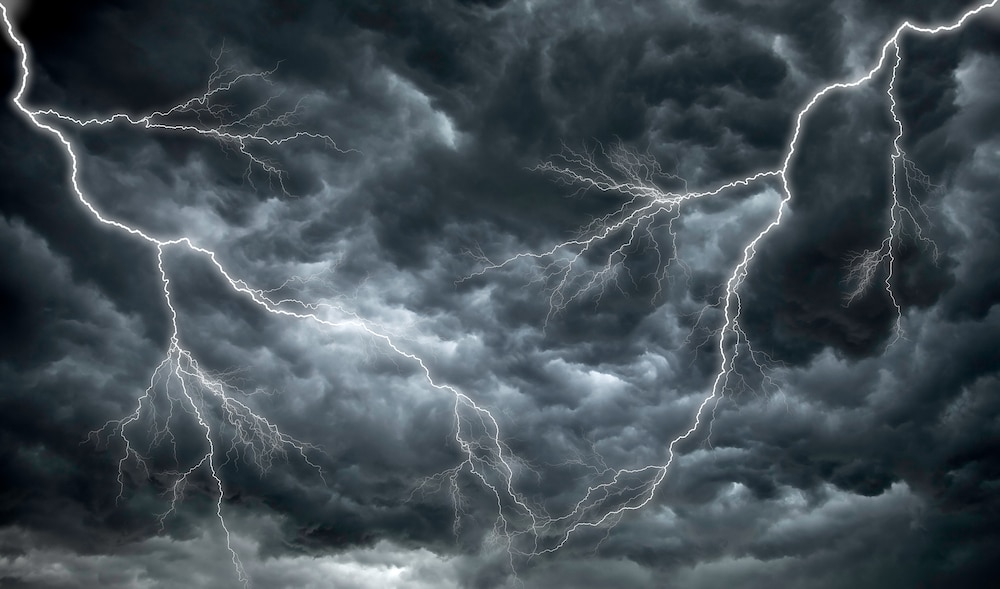The ACT had its highest proportion of home claims caused by wild weather, but Canberra residents feel the least prepared of any east coast dwellers if severe weather strikes, according to NRMA Insurance.
Every season, the NRMA’s Wild Weather Tracker, a seasonal analysis of insurance claims data, monitors severe weather claims NRMA received in the ACT, NSW, and Queensland to help people prepare and protect themselves from wild weather.
In the ACT, 52 per cent of all home claims were caused by wild weather – the highest proportion since 2017. In a typical spring, only 45 per cent of all home claims are caused by wild weather. Storm claims were 50 per cent higher than average for spring. But only 22 per cent of all motor claims were caused by severe weather – down almost 42 per cent on the spring average, despite one of the ACT’s wettest springs.
The Canberra CBD was the suburb hardest hit by storm and weather damage in spring, according to NRMA data. 3.1 per cent of all ACT claims between September and November were made in the Canberra CBD, followed closely by Calwell and Kambah (3 per cent of all claims) and Narrabundah (2.6 per cent of all claims).
Nearly half (49 per cent) of ACT residents – 88,000 people – said they were not ready to respond if severe weather hit their suburb. When asked how prepared they felt, ACT residents gave themselves a self-assessed score of 55 out of 100 – well below the scores of 62 for NSW and 66 for Queensland, and lower than any NSW region.
Research showed 70 per cent of Australians worried natural disasters were becoming more frequent and severe (up from 64 per cent in May). Many were concerned climate change caused wild weather, and wanted more done to reduce the impacts of climate change and natural disasters on communities.
With a La Nina weather system now officially declared for Australia’s east coast, NRMA Insurance’s Executive Manager Natural Perils, Mark Leplastrier, urged Australians to take the threat of a wet and potentially wild summer seriously.
“Spring featured some of the most unpredictable and extreme weather we have seen in many years, and with a La Nina system now declared, we could be in for more wet weather over summer,” Mr Leplastrier said.
“It’s important that people start thinking about how they can protect their homes from thunderstorms and fast-moving hailstorms.”
For tips on how to feel more prepared, John Richardson, National Resilience Advisor at the Australian Red Cross, NRMA’s partners on this edition of the Tracker, encouraged all Australians to download the Get Prepared app, which includes tools to “help prepare the mind ahead of what could be a wet and wild summer for many”.
NRMA Insurance recently launched the Australian Resilience Corps with the Minderoo Foundation, a national volunteer network to help prepare Australians against natural disasters and extreme weather. The Corps connects volunteers with community-led volunteer organisations to prepare communities for fires and floods.



